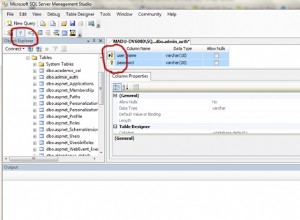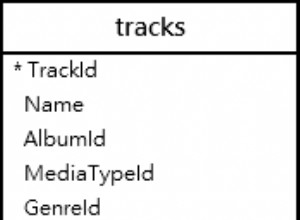I tre passaggi menzionati da @Arkain sarebbero con l'aiuto della funzione STR_TO_DATE
-- add the new column
ALTER TABLE `my_table` ADD COLUMN `date_time` DATETIME;
-- update the new column with the help of the function STR_TO_DATE
UPDATE `my_table` SET `date_time` = STR_TO_DATE(`_time`, '%Y%m%d%H%i');
-- drop the old column
ALTER TABLE `my_table` DROP COLUMN `_time`;
L'elenco completo degli specificatori per STR_TO_DATE è disponibile all'indirizzo DATE_FORMAT , qui un estratto con quelli che ho usato:
%d Day of the month, numeric (00..31)
%H Hour (00..23)
%i Minutes, numeric (00..59)
%m Month, numeric (00..12)
%Y Year, numeric, four digits
Se la nuova colonna dovesse avere l'attributo NOT NOLL, un modo potrebbe essere quello di impostare la modalità sql prima dell'operazione su '' e reimpostare la modalità sql in seguito:
SET @old_mode = @@sql_mode;
SET @@sql_mode = ''; -- permits zero values in DATETIME columns
ALTER TABLE `my_table` ADD COLUMN `date_time` DATETIME NOT NULL;
UPDATE `my_table` SET `date_time` = STR_TO_DATE(`_time`, '%Y%m%d%H%i');
ALTER TABLE `my_table` DROP COLUMN `_time`;
SET @@sql_mode = @old_mode;




